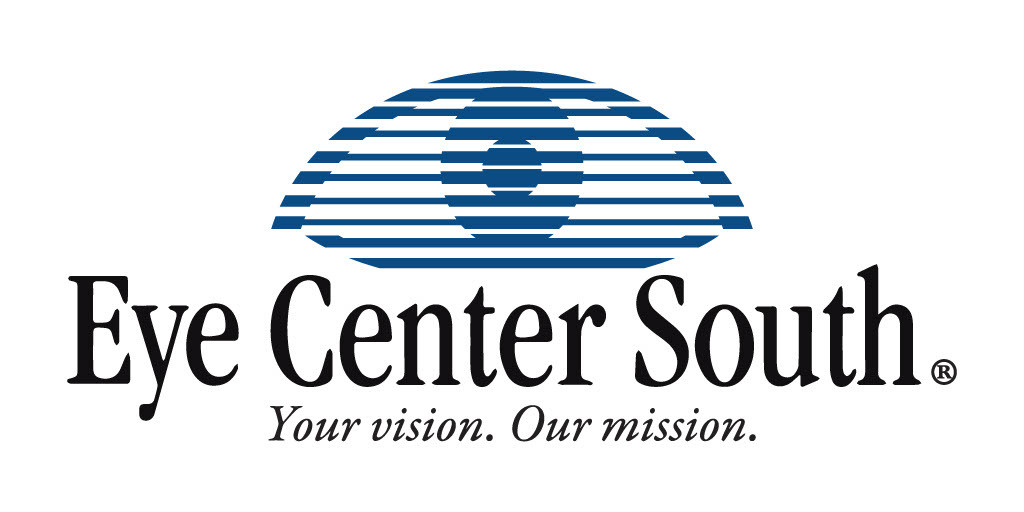Glaucoma: What you need to know
Glaucoma is a group of diseases that can damage the eye’s optic nerve and result in vision loss and blindness. Glaucoma occurs when the normal fluid pressure inside the eyes slowly rises. It can develop in one or both eyes. With early treatment, you can often protect your eyes against severe vision loss.
Eyedrops
Glaucoma treatment often starts with prescription eye drops. These drops are designed to decrease eye pressure by improving how fluid drains from your eye or by decreasing the amount of fluid your eye makes. Depending on how low your eye pressure needs to drop, more than one type of eyedrop may be prescribed.
Oral medications
If eye drops alone don’t bring your eye pressure down to the desired level, your doctor may also prescribe an oral medication, usually a carbonic anhydrase inhibitor.
Surgery and other therapies
Other treatment options include laser therapy and various surgical procedures. The following techniques are intended to improve the drainage of fluid within the eye, thereby lowering pressure:
- Laser therapy. Laser trabeculoplasty is an option if you have open-angle glaucoma. It’s performed in your doctor’s office. Your doctor uses a small laser beam to open clogged channels in the trabecular meshwork. Final results won’t be apparent until a few weeks of healing after the procedure.
- Filtering surgery. With a surgical procedure called a trabeculectomy, your surgeon creates an opening in the white of the eye (sclera) and removes part of the trabecular meshwork.
- Drainage tubes. In this procedure, your eye surgeon inserts a small tube shunt in your eye to drain away excess fluid to lower your eye pressure.
- Minimally invasive glaucoma surgery (MIGS). Your doctor may suggest a MIGS procedure to lower your eye pressure. They are often combined with cataract surgery. There are a number of MIGS techniques available, and your doctor will discuss which procedure may be right for you.


